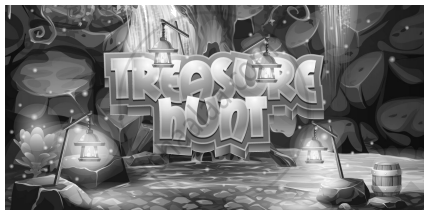Advertisements
Advertisements
Question
In the following situation, involved make an arithmetic progression? and why?
The cost of digging a well after every metre of digging, when it costs Rs 150 for the first metre and rises by Rs 50 for each subsequent metre.
Solution
Cost of digging for first metre = 150
Cost of digging for first 2 metres = 150 + 50 = 200
Cost of digging for first 3 metres = 200 + 50 = 250
Cost of digging for first 4 metres = 250 + 50 = 300
Clearly, 150, 200, 250, 300 …
Check:
a = 150
d1 - a2 - a1
= 200 - 150
= 50
d2 = a3 - a2
= 250 - 200
= 50
d3 = a4 - a3
= 300 - 250
= 50
Common difference = 50
Here the common difference is the same hence this series is A.P.
APPEARS IN
RELATED QUESTIONS
The first three terms of an AP respectively are 3y – 1, 3y + 5 and 5y + 1. Then y equals:
(A) –3
(B) 4
(C) 5
(D) 2
If the seventh term of an AP is 1/9 and its ninth term is 1/7, find its 63rd term.
If the nth term of an AP is (2n + 1) then find the sum of its first three terms
For the following arithmetic progressions write the first term a and the common difference d:
0.3, 0.55, 0.80, 1.05, ...
Which of the following sequences are arithmetic progressions? For those which are arithmetic progressions, find out the common difference.
3, 3, 3, 3, .....
Find the 18th term of the AP `sqrt2, 3sqrt2, 5sqrt2.....`
Find the nth term of the A.P. 13, 8, 3, −2, ...
If nine times ninth term is equal to the fifteen times fifteenth term, show that six times twenty fourth term is zero
The first term of an arithmetic progression is unity and the common difference is 4. Which of the following will be a term of this A.P.
One person borrows ₹ 4,000 and agrees to repay with a total interest of ₹ 500 in 10 instalments. Each instalment being less than the preceding instalment by ₹ 10. What should be the first and the last instalments?
Choose the correct alternative answer for the following sub question
In an A.P., 0, – 4, – 8, – 12, ... find t2 = ?
t19 = ? for the given A.P., 9, 4, −1, −6 ........
Activity :- Here a = 9, d = `square`
tn = a + (n − 1)d
t19 = 9 + (19 − 1) `square`
= 9 + `square`
= `square`
Find the first terms and common difference of an A.P. whose t8 = 3 and t12 = 52.
If 2x, x + 10, 3x + 2 are in A.P., then x is equal to ______.
Verify that the following is an AP, and then write its next three terms.
`0, 1/4, 1/2, 3/4, ...`
The angles of a triangle are in AP. The greatest angle is twice the least. Find all the angles of the triangle.
In which of the following situations, do the lists of numbers involved form an AP? Give reasons for your answers.
The number of bacteria in a certain food item after each second, when they double in every second.
The school auditorium was to be constructed to accommodate at least 1500 people. The chairs are to be placed in concentric circular arrangement in such a way that each succeeding circular row has 10 seats more than the previous one.
- If the first circular row has 30 seats, how many seats will be there in the 10th row?
- For 1500 seats in the auditorium, how many rows need to be there?
OR
If 1500 seats are to be arranged in the auditorium, how many seats are still left to be put after the 10th row? - If there were 17 rows in the auditorium, how many seats will be there in the middle row?
If –5, x, 3 are three consecutive terms of an A.P., then the value of x is ______.
| Treasure Hunt is an exciting and adventurous game where participants follow a series of clues/numbers/maps to discover hidden treasure. Players engage in a thrilling quest, solving puzzles and riddles to unveil the location of the coveted prize. While playing a treasure hunt game, some clues (numbers) are hidden in various spots collectively forming an A.P. If the number on the nth spot is 20 + 4n, then answer the following questions to help the players in spotting the clues: |

- Which number is on first spot? 1
- Which spot is numbered as 112? 2
OR - What is the sum of all the numbers on the first 10 spots? 2
- Which spot is numbered as 112? 2
- Which number is on the (n – 2)th spot? 1
